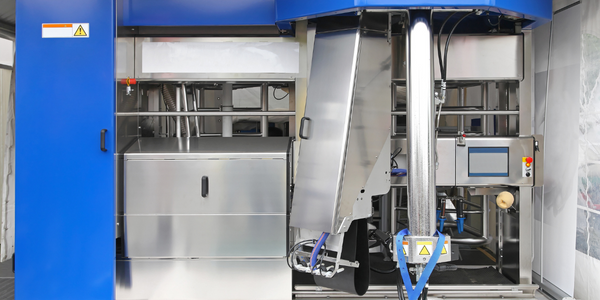Customer Company Size
SME
Region
- Pacific
Country
- New Zealand
Product
- Agworld
Tech Stack
- Cloud Computing
- Mobile Application
Implementation Scale
- Enterprise-wide Deployment
Impact Metrics
- Productivity Improvements
- Cost Savings
Technology Category
- Platform as a Service (PaaS) - Data Management Platforms
Applicable Industries
- Agriculture
Applicable Functions
- Discrete Manufacturing
- Quality Assurance
Use Cases
- Farm Monitoring & Precision Farming
- Inventory Management
Services
- Cloud Planning, Design & Implementation Services
About The Customer
Wairakaia Partnership is a mixed farming operation located just south of Poverty Bay in the Gisborne area of New Zealand. The company is co-owned by Bruce Graham, his wife, brother-in-law, and sister-in-law. They farm on 600 hectares of land, with 100 hectares used for cropping in an average year. The main crops grown are maize, seed maize, seed sweet corn, and squash. The family also has a 10-hectare orchard with mandarins and oranges. The whole farming operation is dry land except for the orchard, which can be irrigated, but only in exceptionally dry circumstances. Bruce also does a bit of contracting work on the side, mainly planting maize or seed corn, for neighbours in the area.
The Challenge
Wairakaia Partnership, a mixed farming operation in New Zealand, was struggling with data management. The company was using spreadsheets to track their operations, but this method was time-consuming and inefficient. The cropping manager and co-owner, Bruce Graham, was frustrated with having to enter all his data back in the office at night, instead of being able to do so in the field. Additionally, he was unable to access his farm data when he needed it most: in the field. The company needed a solution that would allow them to create and access records wherever they were, and provide detailed historical data to inform their decision-making process.
The Solution
In 2014, Bruce decided to implement Agworld, a cloud-based farm management software, in his farming operation. He and his full-time worker now use Agworld on a daily basis. The platform allows them to create records wherever they are and access historical data at the same time. Agworld also provides detailed reporting options, making it easy for Bruce to submit spray diaries for crops that are sold for human consumption. The software also provides a snapshot of the operation's financial performance, allowing Bruce to make informed decisions about which crops to continue to grow and which ones to discontinue.
Operational Impact

Case Study missing?
Start adding your own!
Register with your work email and create a new case study profile for your business.
Related Case Studies.
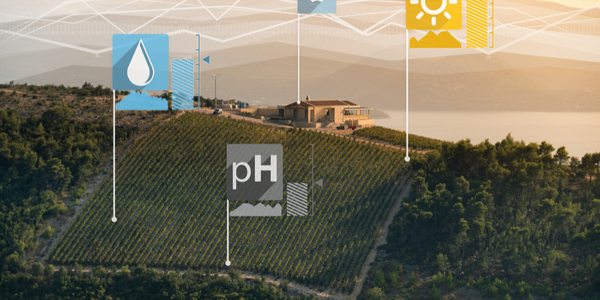
Case Study
Intelligent Farming with ThingWorx Analytics
Z Farms was facing three challenges: costly irrigation systems with water as a limited resource, narrow optimal ranges of soil moisture for growth with difficult maintenance and farm operators could not simply turn on irrigation systems like a faucet.
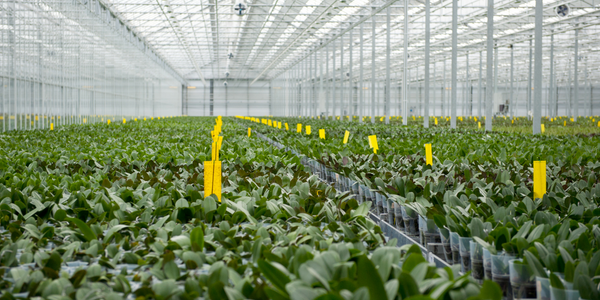
Case Study
Greenhouse Intelligent Monitoring and Control Solution
Farming Orchids is the most successful form of precision farming in Taiwan, and also the most exported flower. Orchids need a specific temperature and humidity conditions to grow and bloom, and its flowering time may not be in line with market demands, so the price collapses when there is overproduction. Therefore, some farmers began to import automated greenhouse control systems for breeding and forcing, which not only improves quality, but also effectively controls the production period and yield to ensure revenue. In 2012, an orchid farmer built a Forcing Greenhouse of about 200 pings (approximately 661 Square Meters) in Tainan, Taiwan. The system integrator adopted Advantech’s APAX-5000 series programmable automation controllers to build the control platform, coupled with Advantech WebAccess HMI/SCADA software, to achieve cloud monitoring. The staff of the orchid field can monitor important data anytime via smart phone, iPad, and other handheld devices, and control the growth and flowering conditions. System requirements: In the past, most environmental control systems of orchid greenhouses in Taiwan used PLCs (Programmable Logic Controller) with poorscalability and control, and could not be connected to the Internet formonitoring from the cloud. For advanced database analysis and networking capability, the PC platform must be adopted. Therefore, PAC Systems (Programmable Automation Controller) with both PLC programming capabilities andPC functions is a better choice.The environmental control of the Orchid greenhouse switches on and off devices like fan, shade net, cooling/heat pump, liquid flow control, water-cooling wall etc. It is controlled by a control panel of electric controllers, and is driven by a motor, to adjust the greenhouse temperature, humidity, and other environmental conditions to the set parameters.
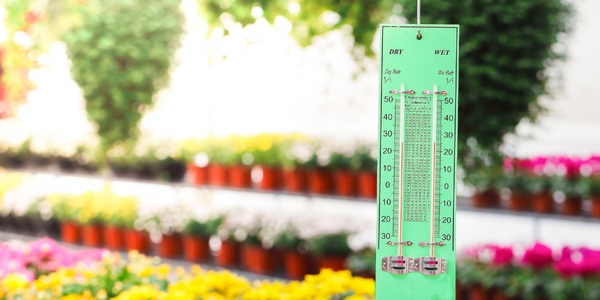
Case Study
Precision beekeeping with wireless temperature monitoring
Honeybees are insects of large economic value and provide a vital service to agriculture by pollinating a variety of crops. In addition, bees provide us with valuable products such as honey, beeswax, propolis, bee venom, etc. Monitoring of honeybee colony health, population, productivity, and environmental conditions affecting the colony health have always been exceedingly difficult tasks in apiculture. Research has shown that even small deviations (by more than 2°C) from the optimal temperatures have a significant influence on the development of the brood and the health of adult bees.
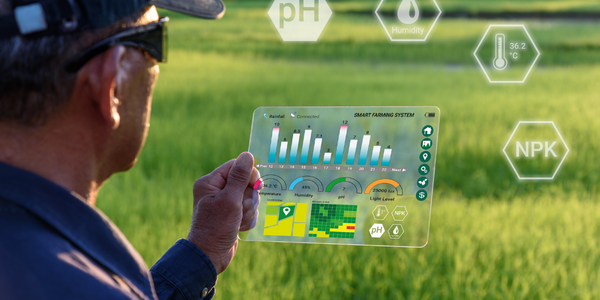
Case Study
Enabling Internet of Things Innovation in Agriculture
DigiBale, wanted to apply technology know-how and IP from implementations successfully to more agriculture sectors including cotton, forestry, sugarcane and cattle. However, farmers and growers still have worries about the connected technology.








